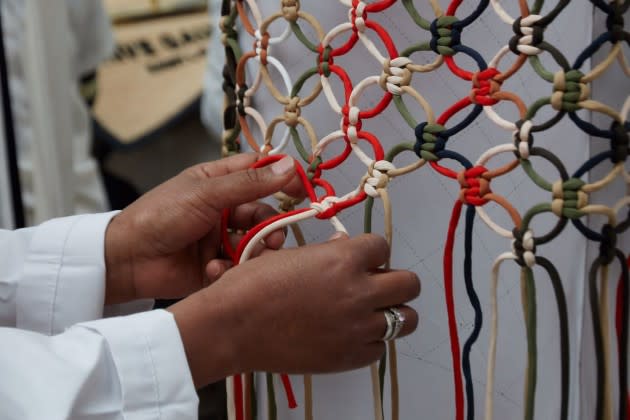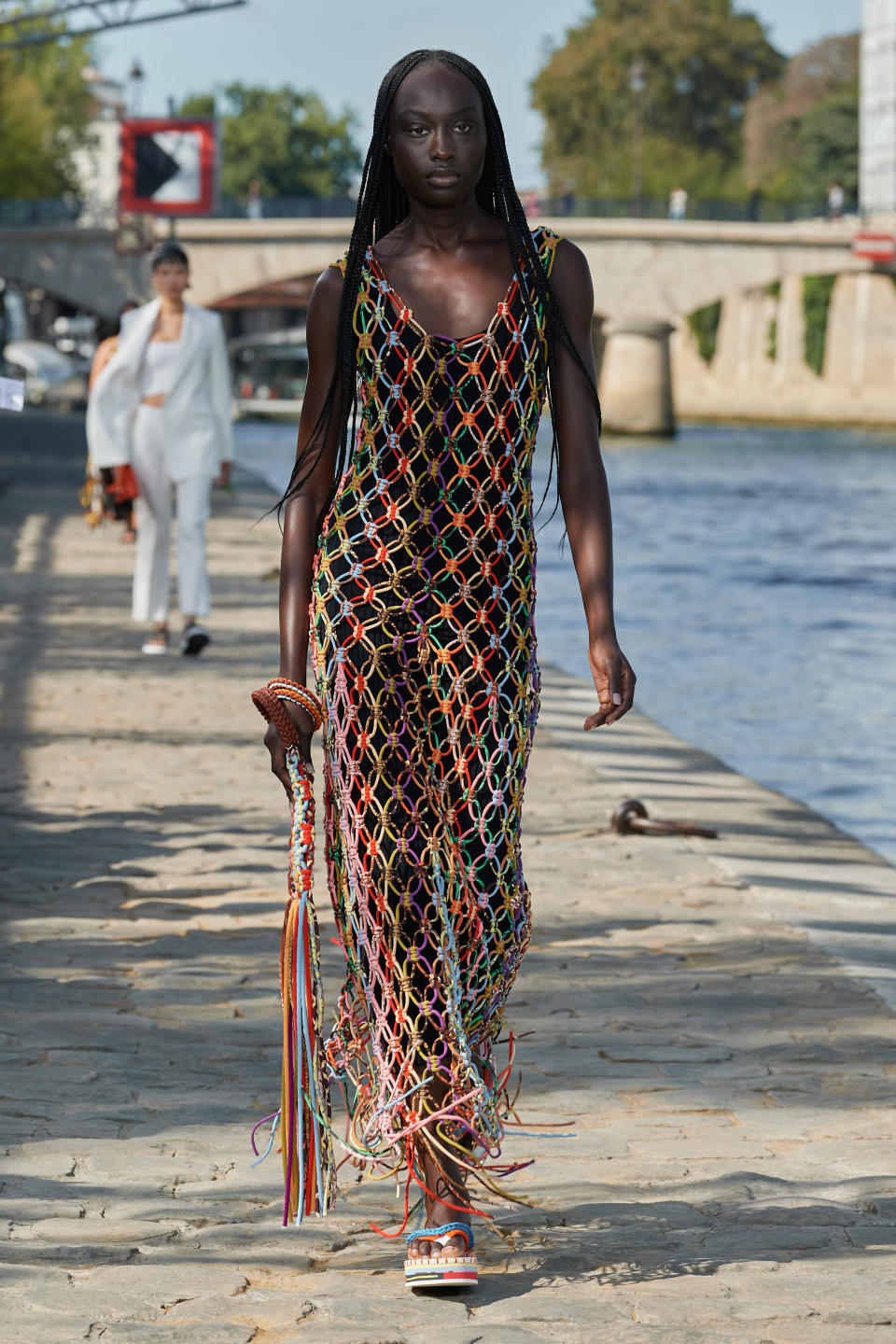Chloé Preps Launch of Social Performance Tool

PARIS — Observing that tools for measuring fashion’s environmental impact are now plentiful but there is no equivalent for calculating the social impact of sustainability, Chloé took the bull by the horns and decided to create its own 18 months back.
The Compagnie Financière Richemont-owned brand is now prepping to share its model, designed to offer concrete data on working conditions, industry wide.
More from WWD
“We know that the environmental impact of fashion is very high, and a lot of companies are tackling it,” Aude Vergne, Chloé’s chief sustainability officer, explained in an interview with WWD.
As an industry, however, “we sometimes left a little bit on the side the social impact, whereas the social impact in fashion is absolutely key,” she continued. “One in eight workers in the world work in the fashion and garment industry.”
While environmental impact assessments are now common and largely understood by stakeholders, despite their sometimes complex metrics, nothing similar existed when it comes to fashion brands’ social impact.
When it redefined its sustainability strategy 18 months ago, Chloé, which achieved B Corp certification last year, implemented a new mission-driven strategy entitled “Women Forward. For a Fairer Future.” This mission is registered in the company’s corporate status, and has led it to shift its supply chain towards more women-led Fair Trade enterprises, for example.
Its initiatives include the 2019 establishment of Girls Forward, a three-year partnership with UNICEF to provide girls with skills to advance in the workplace through education, entrepreneurship and training programs.
Akanjo, a Madagascar-based Fair Trade supplier that has worked for the house for around 15 years, last year launched a school to train disadvantaged local women in artisanal skills, notably crochet techniques, some of which were seen in Chloé’s spring 2022 collection.

Courtesy of Chloé
Being able to measure the impact of such — and other — initiatives is essential, Vergne explained.
“When we talk about social impact, we have a rigid system to measure compliance, but we have no tool to say that we have a positive social impact and we are able to change the lives of people,” she said. “We decided to create our own tool, a tool that we will share as open source.”
The Social Performance & Leverage (SP&L) tool is designed along similar lines to more familiar Environmental Performance & Leverage (EP&L) tools, with metrics according to six indicators: gender equality, living wage, diversity and inclusion, training, well-being and job quality. A little like environmental ratings, it will take into account the different “scopes” of operations — not only a company’s direct footprint, but that of suppliers upstream as well as downstream operations like boutique deliveries.
The tool, codeveloped with academics at the Institut Français de Mode and France’s Conservatoire National des Arts et Métiers, is intended to help brands with decision-making on sourcing strategy and product design.
Its metrics are based on sustainable value creation reports published by the World Economic Forum and International Business Council.
The elements with the job quality bucket — including tenure, pay progression, promotion and employee turnover, as well as soft skills like listening and group work — were defined based on the work of French economist Philippe Aghion, the son of the house’s founder Gaby Aghion.
In the 18 months since work on the project began, it has already changed how the brand looks at social criteria in its decision-making. “It has changed the way we exchange and discuss with suppliers,” said Vergne, notably, and helped raise awareness and understanding in-house.
The methodology is in the process of being validated by PricewaterhouseCoopers before an industrywide consultation process where it will be piloted and fine-tuned where necessary.
Interest is high, Vergne said. “I already have informal discussions with some of the maisons, so we know they are interested in participating,” she explained. “The idea is to have six to eight groups-slash-companies reviewing the methodology with us.”
A finalized version, available to the industry as a whole, should be deployed in early 2023.
SEE ALSO:
EXCLUSIVE: Chloé Quietly Shifts to Purpose-Driven Business Model
Chloé Attains B Corp Certification
Sign up for WWD's Newsletter. For the latest news, follow us on Twitter, Facebook, and Instagram.

